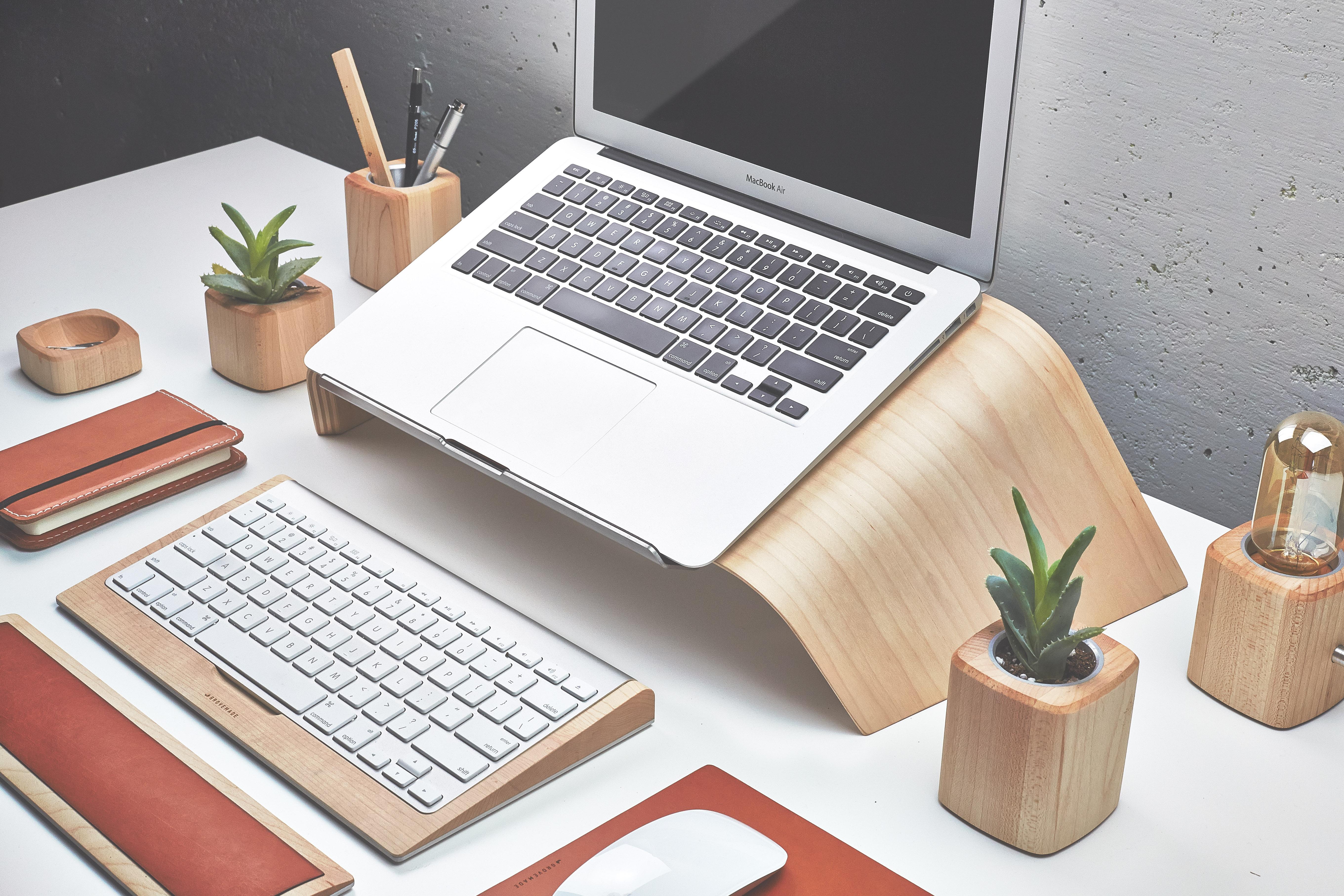Book in using this link: https://physio4richmond.connect.tm3app.com/
Why do I get pain sitting at my desk?
Why do I get pain sitting at my desk?
Sitting for long periods is something we do more and more in the modern world that we live in. Long periods at our desk trying to meet deadlines, reading Kindles in bed or using our mobiles when commuting, all stress the spine in various ways. Our Thoracic spine stiffens up, our shoulders round and our chin pokes forward. This all makes our heads heavier and puts excessive strain on the ligaments, joints, discs and muscles of the neck. Before too long you’re aching around your spine. If you aggravate yourself more, then you might be unlucky enough to start experiencing other nasty symptoms such as: migraines, rib pain, arm pain and even pins and needles down your arm.

Deadline day posture
So how do we stop this from happening? Sit up straight and pull your shoulders back. Right? Wrong (well partly wrong anyway). I try not to teach people to suck eggs when talking about posture as most of us know how to sit up correctly, but sitting bolt-up-straight like a Pilates pro all day long is not the solution either. This causes our postural muscles to work hard without a break, putting tonnes of strain on those muscles and causing them to tighten up and ache by the end of the day. Kudos to you if you can last all day sitting with perfect posture without a break, but it will eventually cause its own problems. So what's the answer then? MOVEMENT is the answer. Now I'm not talking about doing handstands in the office; I'm talking about moving the spine. As you can see in the diagram below, the spine is composed of four main areas and you need all those areas to be mobile enough to avoid pain.

The four main areas of your spine
The ACTUAL secret is being able to slouch as much as you can sit upright, being able to lean to the left arm rest as much as you can to the right, being able to sit with your feet wide apart or narrow, being able to turn and look over your right shoulder when talking to someone as much as your left. Movement, and the ability to move in all directions without stiffness, is the key. You see once stiffness sets in, we lose the movement capabilities of our cervical, thoracic, and lumbar spine. Then after stiffness, comes, yes, you guessed it…..our old friend PAIN.
The problem is that most of us can't move enough and we don't realise it. We don’t try and unlock our thoracic spine, stretch our hip flexors, improve our neck side flexion or strengthen our back muscles. The repercussions of this is that we end up being pigeonholed into sitting in a slouched position for most of our day. Slouching is not the enemy remember, it's staying in a slouched position for long periods that's the problem. This leads to stiffness and sometimes pain. Slouching actually involves tilting our pelvis posteriorly, which is a required movement to bend over and put our shoes and socks on easily.

Laptop Stand, Keyboard and Mouse
So how do we overcome this. Well as I explained earlier - you need to MOVE! Tilt your pelvis back and forth at your desk, touch your right ear off your right shoulder, twist to the left whilst sitting on your chair. Instead of slouching over your laptop - buy a cheap desktop stand online and use an external keyboard and mouse (picture above). Purchase a 10cm foam roller (not a 15cm roller as its too big) and leave it near your TV. When you get in from work, you should look forward to getting on the foam roller - like in the picture below. You then need to regain all that thoracic extension you have avoided using all day whilst you were in a flexed slouchy position at work. Stretch your hip flexors by following this excellent demonstration: https://youtu.be/YQmpO9VT2X4

Foam rolling your thoracic spine
Now after all this, I hope you will follow this advice to prevent the onset of stiffness. Try and move more whilst at your desk and throughout the day. Start gently and if the body doesn't complain too much, push a little more each day. If it hurts and you're not sure what to do then consult your Physiotherapist. Oh look there is one such gentleman below! ;)
- Denis Murphy
- Chartered Physiotherapist
- Contact: Physio 4 Richmond denis@physio4richmond.co.uk 02089915079
- Book using this link: https://10to8.com/book/physio4richmond/
